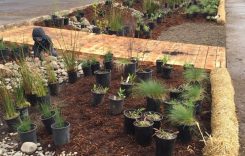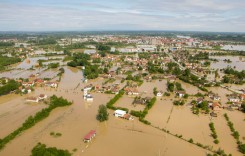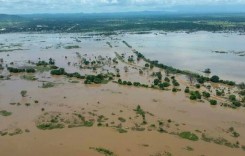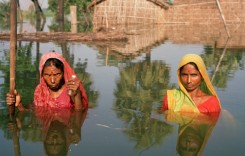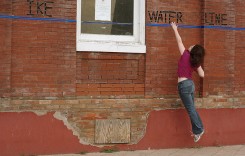Jeddah, Saudi Arabia, has suffered from disastrous floods twice in the last few years. In 2009 as many as 122 people were killed and the flood disaster was describes as one of the worst to hit the region in over 25 years after more than 9cm of rain fell in just a 4 hour period on 25th November 2009.
In 2011 Jeddah was struck again when 11cm of rain fell in 3 hours in late January and at least 10 people died in the ensuing floods. Rescue teams, including helicopters, were called into operation and helped rescue nearly 1,500 people. Shelter and relief was necessary as more than 1,500 families were made homeless as a result of the flooding.

Since then work and planning has been in progress for flood defences in the city. Today it was announced that the final phase of flood protection for east Jeddah will start. This new round of projects will set up a drainage systems able to cope with the huge and sudden rainfall that has been seen in recent years. The system will be completed by the end of 2014 and will include the building of new canals in the valleys of east Jeddah.
The first phase of the project involved building a 7 metre high dam and 2 separate drainage canals of 730 metres and 3,000 metres. A central Jeddah crisis management centre was also set up in the headquarters of Emir’s Office and 16 local “on the ground” centres and various neighbourhoods of the city.
The second phase of the flood defence projects included the construction of 5 dams that offer the capacity to hold 24 million cubic metres of flood water when necessary. Also built were further drainage canals across Jeddah, plus some supporting dams across Jeddah.
One of the latest developments in flood warnings in Saudi Arabia comes from King Abdullah University of Science and Technology located in Jeddah. The idea encompasses the use of drones being flown into flash flood areas in order to create a network of early warning systems where information can be gathered quickly and safely in order for it to be sent back to a central head quarters and then distributed to the local population.
Sources: Saudi Gazette; Photo: XRD Arabia

